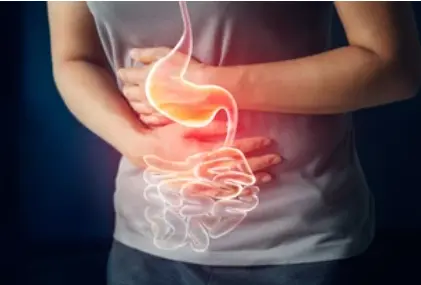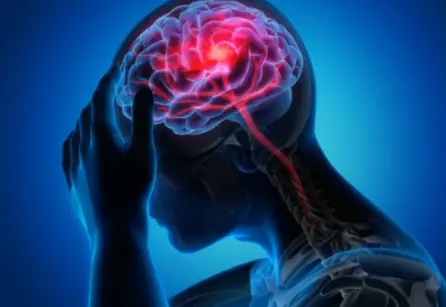 Welcome
Welcome
“May all be happy, may all be healed, may all be at peace and may no one ever suffer."
Anaemia in chemotherapy patients - Generics
Anaemia is a condition characterized by a reduction in the number of red blood cells (RBCs) or a decrease in the concentration of hemoglobin in the blood. It can be caused by a variety of factors, including nutrient deficiencies, genetic disorders, chronic diseases, and certain medications.
Chemotherapy-induced anemia is a common complication of cancer treatment, affecting up to 80% of patients with cancer. Chemotherapy drugs work by killing rapidly dividing cells, including both cancerous and healthy cells, such as bone marrow cells that produce RBCs. The severity of anemia in chemotherapy patients depends on the type of chemotherapy, dose, and duration of treatment.
Chemotherapy-induced anemia can cause symptoms such as fatigue, shortness of breath, pale skin, and weakness. These symptoms can reduce patients' quality of life and limit their ability to tolerate treatment, potentially leading to treatment delays or modifications.
Treatment of chemotherapy-induced anemia typically involves the use of erythropoiesis-stimulating agents (ESAs) and iron supplementation. ESAs are synthetic versions of a protein that stimulates the production of RBCs in the bone marrow. Iron supplementation is used to help support the production of hemoglobin in RBCs.
It is important to note that ESAs have been associated with an increased risk of blood clots, strokes, and heart attacks. Therefore, their use should be carefully monitored, and patients should be screened for risk factors before treatment.
In addition to medical treatment, lifestyle modifications, such as regular exercise, a healthy diet, and adequate sleep, can also help improve symptoms of anemia and overall quality of life in chemotherapy patients.

Improve skin tone and tex...

Enteric fever

Stomach distension

Meningitis

Atopic or contact dermato...

Local anesthesia

Bleeding or blood clottin...

Nasal polyposis
Anaemia in chemotherapy patients, কেমোথেরাপির রোগীদের অ্যানিমিয়া
To be happy, beautiful, healthy, wealthy, hale and long-lived stay with DM3S.